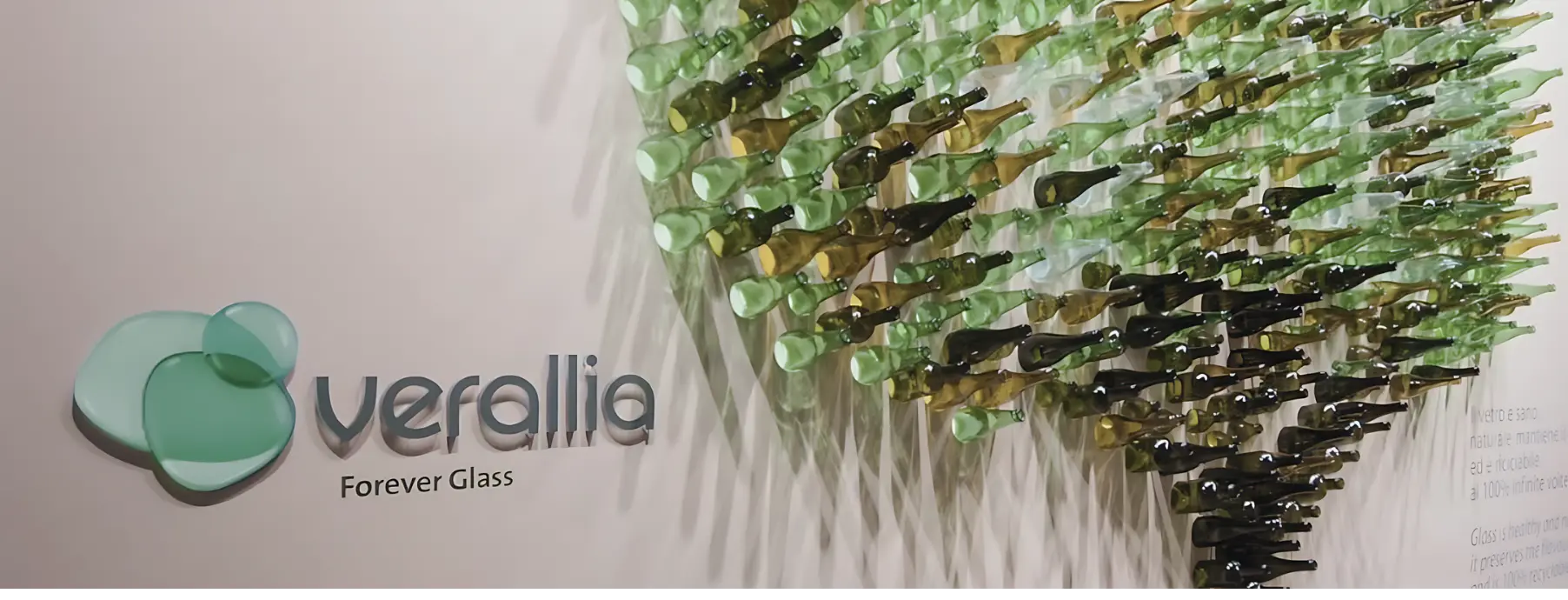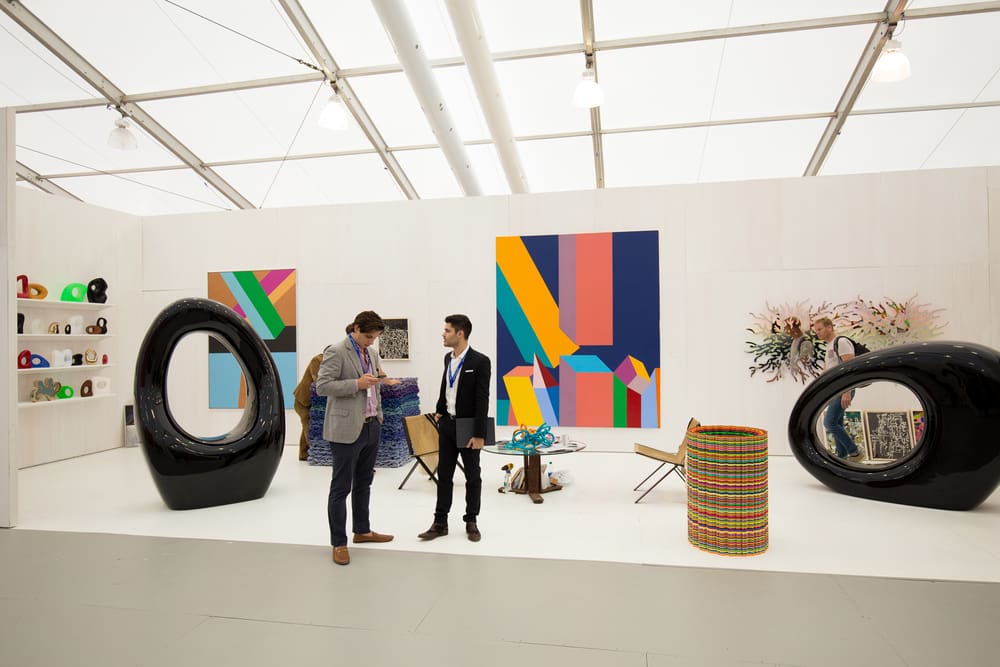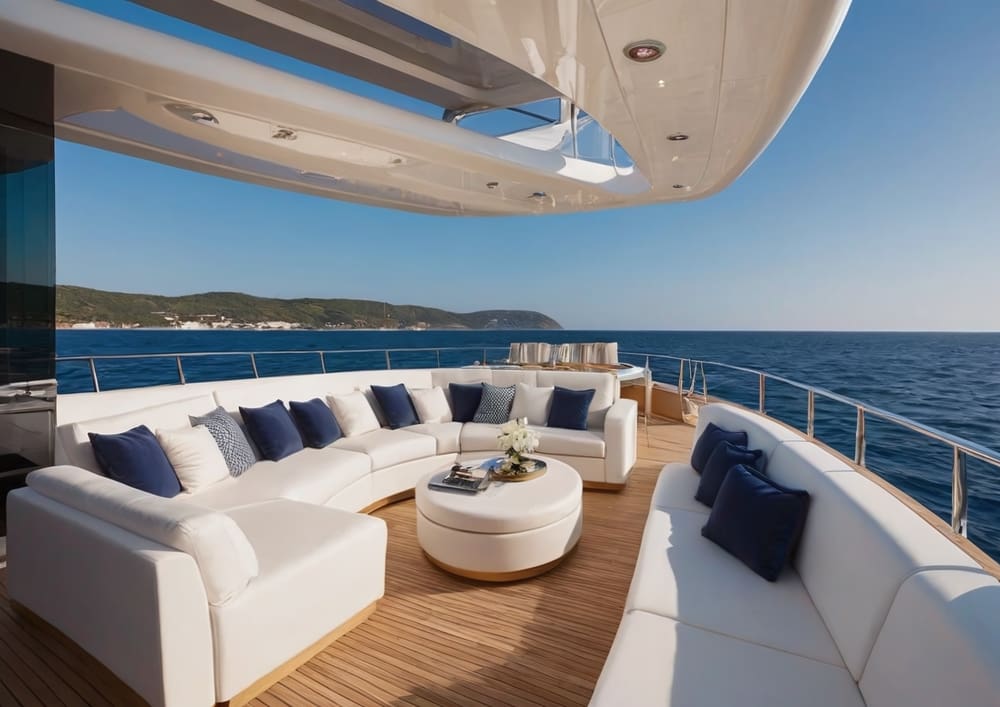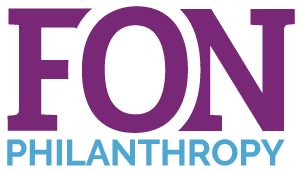As a family office manager, you’re constantly seeking innovative ways to diversify your portfolio and maximize returns. In recent years, you may have noticed a shift in the investment landscape—one that’s steering towards the realm of luxury assets. No longer confined to traditional options, family offices are now exploring high-end consumer goods as viable investment opportunities. From limited-edition sneakers to rare glassware collections, these unique asset classes are gaining traction in your circles. This emerging trend not only reflects a changing market but also presents new avenues for portfolio growth and wealth preservation. Let’s delve into why luxury assets are becoming an increasingly attractive option for family offices like yours.
Family Offices Embrace Luxury Asset Diversification
Shifting Investment Strategies
Family offices are increasingly diversifying their portfolios to include luxury assets, reflecting a growing trend towards unique asset classes. This shift is driven by a desire to hedge against market volatility and seek alternative sources of returns beyond traditional financial instruments. According to recent trends, luxury assets such as fine art, classic cars, high-end real estate, and collectibles are becoming more attractive to family offices as they offer potential for capital appreciation and portfolio diversification.
Risk-Taking and Unique Opportunities

Family offices are demonstrating a willingness to take on more risk in pursuit of higher returns. Bloomberg reports that some family offices are investing in high-end consumer goods, including luxury sneakers and glassware. This trend extends to larger investments as well, with examples such as Blue Pool Capital’s investment in an Italian firm that pulled its IPO, and the Moreira Salles family considering a bid for Verallia, a glass bottle maker.
Long-Term Wealth Preservation
The shift towards luxury asset investment is not just about short-term gains. Family offices recognize the value of these assets in preserving wealth and passing it on to future generations. Luxury assets tend to hold their value over the long term, making them an attractive option for families looking to secure their financial legacy. This strategy aligns with the growing affluence of high-net-worth individuals and families seeking to diversify their wealth into tangible, passion-driven assets.
High-End Collectibles: The New Frontier for Family Offices
Diversifying Portfolios with Luxury Assets
Family offices are increasingly turning to high-end collectibles as a means of portfolio diversification and wealth preservation. According to Wealthspire Advisors, art and collectibles have become a top interest for high-net-worth families, offering unique opportunities to engage with local communities while potentially generating attractive returns. This trend reflects a broader shift towards alternative asset classes, with family offices allocating significant portions of their portfolios to these luxury items.
From Sneakers to Fine Art

The range of collectibles attracting family office investments is diverse and often surprising. Blue Pool Capital, for instance, acquired a 12% stake in an Italian luxury shoe company, demonstrating the growing interest in high-end fashion items. Meanwhile, fine art remains a cornerstone of collectible investments, with the value of art and collectibles owned by the world’s wealthiest individuals totaling nearly $2.2 trillion last year. Other popular categories include rare wines, vintage cars, and even limited-edition toys, reflecting a market that caters to both passion and profit.
Navigating Challenges and Opportunities
While the collectibles market offers exciting opportunities, it also presents unique challenges. Family offices must navigate an unregulated market fraught with potential fraud, necessitating careful due diligence and expert guidance. The illiquid nature of these assets also requires a long-term investment perspective. However, for those willing to embrace the complexities, collectibles can offer not only financial returns but also the intangible benefits of ownership and legacy building.
Luxury Investments: Driving Wealth Growth for Ultra-High-Net-Worth Families
Diversification Beyond Traditional Assets
Ultra-high-net-worth (UHNW) families are increasingly turning to luxury assets as a means of wealth preservation and growth. According to the Knight Frank Wealth Report 2024, 70% of UHNWIs have increased their allocation to luxury investments over the past year. These assets, including fine art, rare collectibles, and high-end real estate, offer a unique blend of financial returns and personal enjoyment.
Strategic Advantages of Luxury Investments
Luxury assets serve multiple purposes for UHNW families. They act as a hedge against economic uncertainty, often retaining or increasing in value during market downturns. Additionally, these investments align with personal passions and provide status symbols. Family offices are diversifying their portfolios by acquiring stakes in luxury brands and exploring non-traditional assets, reflecting a broader trend towards unique investment classes.
Managing Risks and Maximizing Returns
While luxury investments offer compelling opportunities, they also present unique challenges. Appointing a trustee can be an effective strategy for managing physical risks, such as theft or improper storage, and navigating complex tax implications. By leveraging expert guidance, UHNW families can optimize their luxury asset portfolios for long-term wealth preservation and growth.
Conclusion
As you navigate the evolving landscape of wealth management, consider the potential of luxury asset investments for your family office portfolio. The trend towards these unique asset classes offers opportunities for diversification and potentially lucrative returns. However, approach this strategy with caution and thorough due diligence. Engage experts in valuation and authentication to mitigate risks associated with these niche markets. By carefully selecting high-quality luxury goods with strong growth potential, you can position your family office to capitalize on this emerging trend. As always, balance is key – integrate luxury assets thoughtfully alongside traditional investments to create a well-rounded, resilient portfolio that aligns with your long-term financial goals and values.






